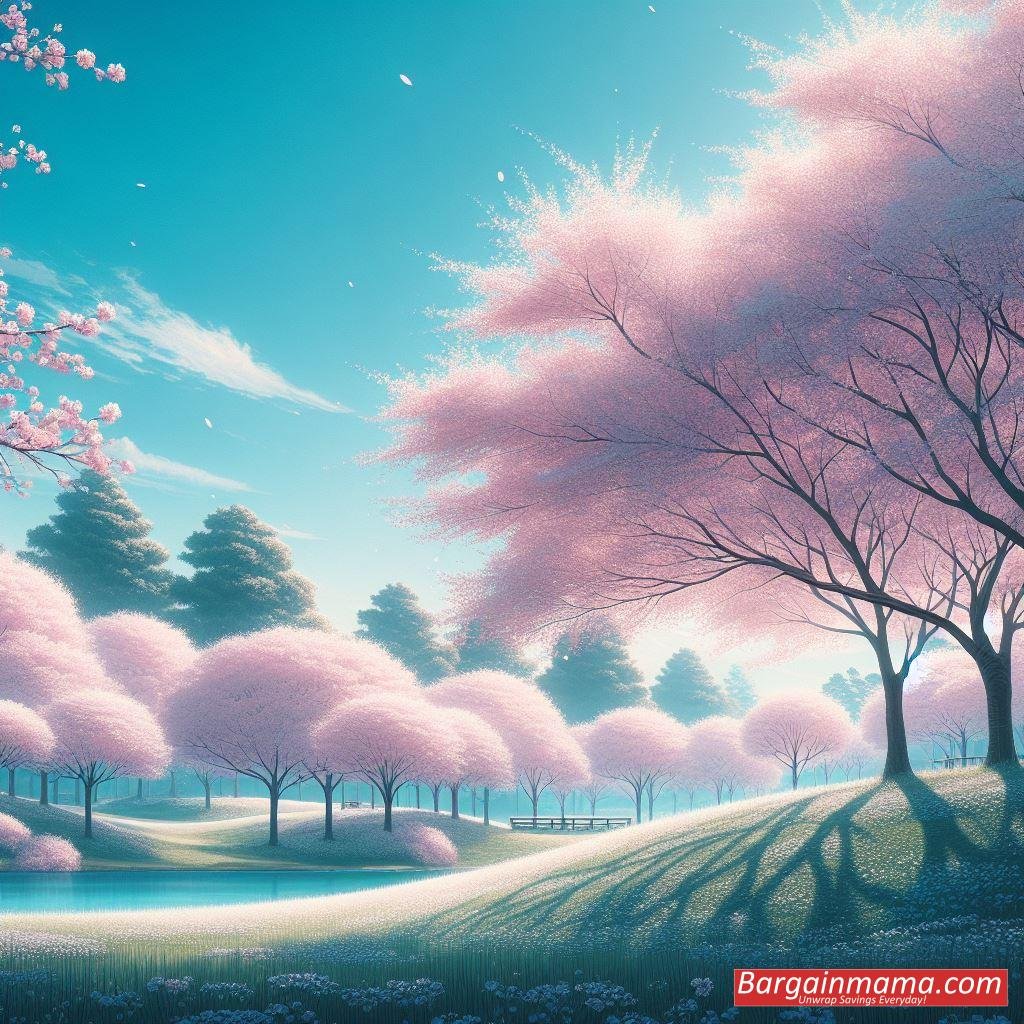Washington, D.C.’s cherry blossoms have advanced to stage 5, a major step toward peak bloom, according to an eagerly awaited update from the National Park Service (NPS). Announced on Friday, this development indicates that the blossoms are now puffy and white, captivating residents and tourists alik.

Following the cherry blossoms’ progression, the NPS reported that the trees began budding on March 2, reaching subsequent stages on March 5, March 8, and March 12 before advancing to stage 5. This year’s timeline differs slightly from last year’s, with budding beginning later but proceeding steadily.
With the NPS predicting that the greatest bloom will happen between March 23 and 26, anticipation is growing. The agency does, however, issue a warning that it is difficult to estimate peak bloom more than ten days ahead of time due to the unpredictable influence of weather. Temperature variations and other unpredictable weather patterns might speed up or slow down the blooming process.
NPS emphasizes the effect of weather extremes on cherry blossom displays based on historical data. Warmer weather speeds up flowering, but late freezes can harm the delicate flowers—as demonstrated by the large loss brought on by a late freeze in 2017.

Beyond issues relating to the weather, NPS is also keeping an eye on how water in the Tidal Basin is affecting the health of cherry trees. Because brackish water might introduce salt, which could weaken and eventually kill the trees, it is crucial to protect the delicate environment that surrounds the famous cherry blossoms.
Scientists have seen a tendency of earlier blooming that is due to higher temperatures as climate change continues to affect seasonal cycles. In the upcoming decades, researchers predict more changes in blooming times if mitigation initiatives to lower emissions and alleviate environmental stressors are not implemented.
The Yoshino cherry trees are well-known for their breathtaking white flowers, which attract millions of visitors annually to the area surrounding the Tidal Basin. Yoshinos, a hybrid that was first planted in 1872, have come to represent the cherry blossom season in Washington, D.C., along with a wide range of other cherry blossom kinds found in the area.

Residents and visitors alike look forward to the magnificent display that heralds the advent of spring in the nation’s capital, which is approaching its peak bloom. A spectacular display of cherry blossoms soon to grace the D.C. landscape is a source of great expectation as they enter their last stages of preparation.



